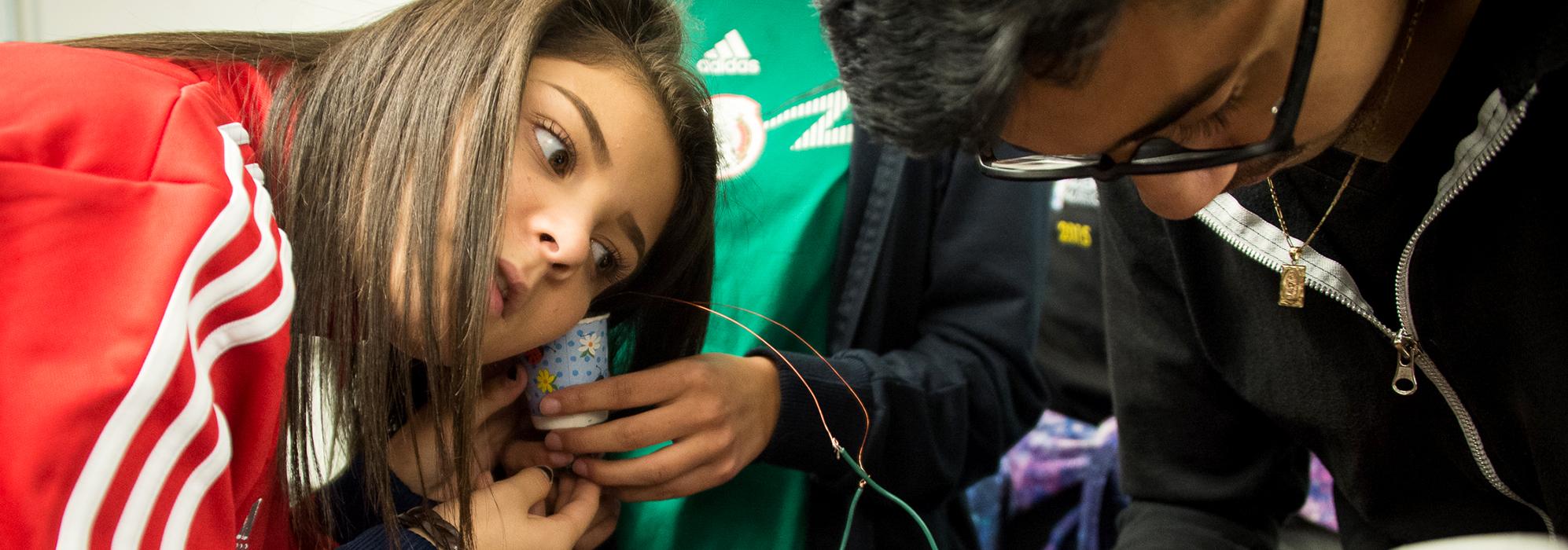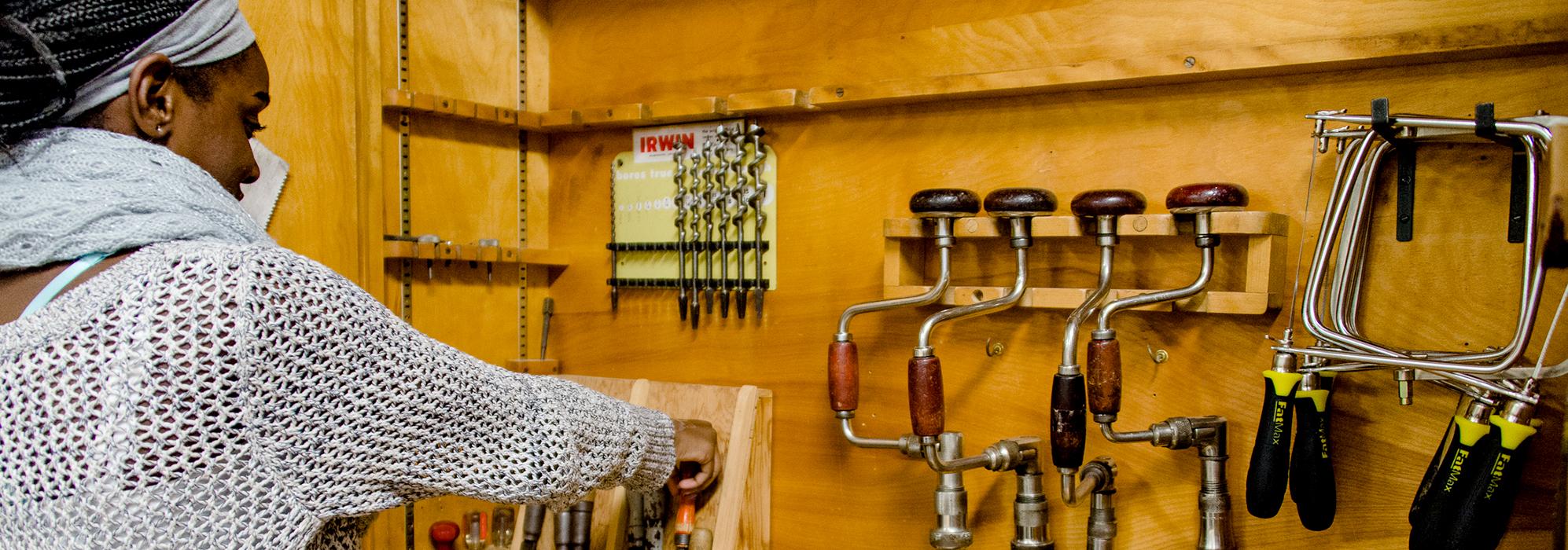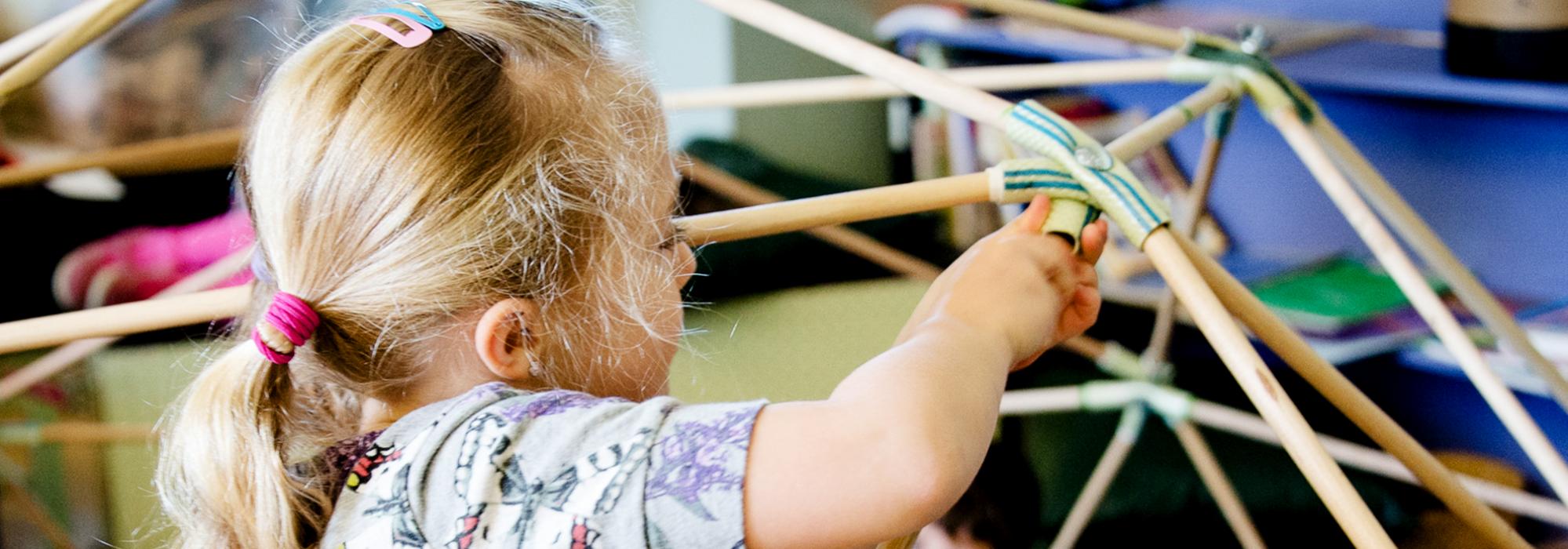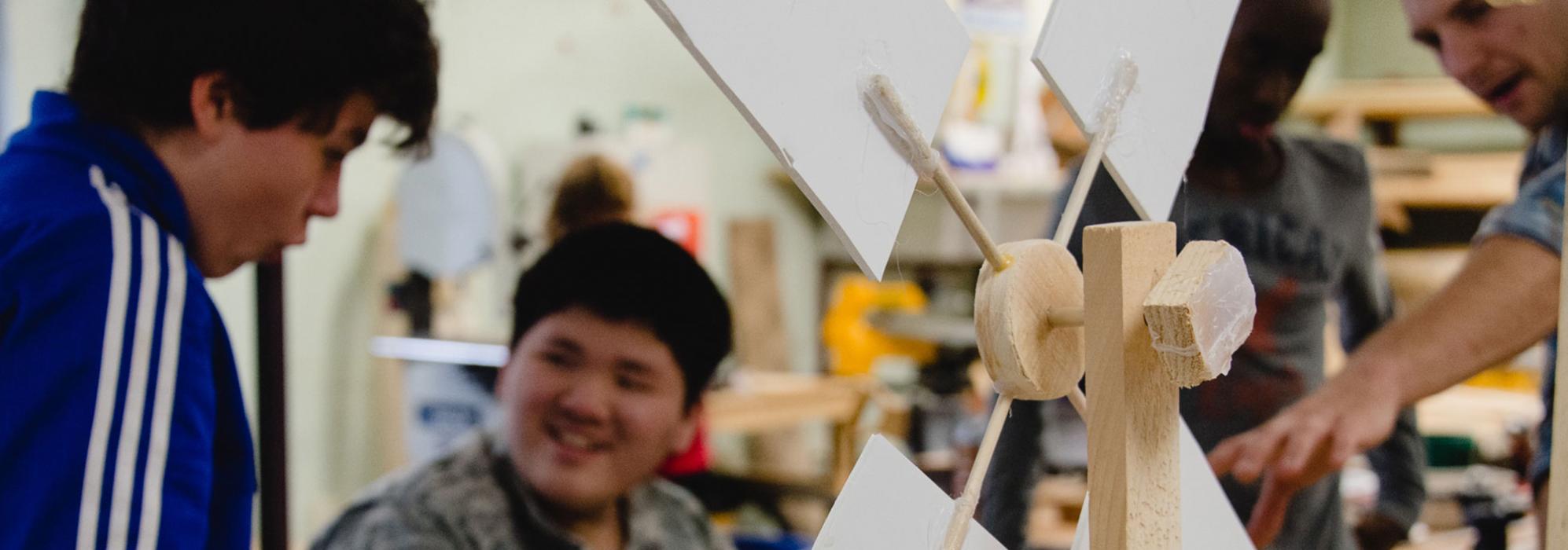Agency by Design
Educational initiatives that emphasize making, design, engineering, and tinkering have been gaining traction in schools and organizations across the country. While maker-centered learning is not a new concept, recent and emerging trends suggest a new kind of hands-on pedagogy—a responsive and flexible pedagogy that encourages community and collaboration (a do-it-together mentality), distributed teaching and learning, and crossing boundaries.
Agency by Design (AbD) is a multiyear research initiative at Project Zero investigating the promises, practices, and pedagogies of maker-centered learning experiences.
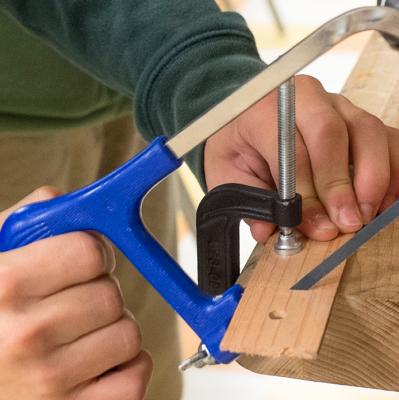
When a Ship is not a Ship—It’s a Sabre-toothed Cat! A Story of Maker Empowerment and Collective Agency
Ilya Pratt, AbD Oakland Leadership Team member and Design+Make+Engage program director at Park Day School, tells a tale of maker empowerment and collective agency through the story of Kyle and the saber-toothed cat.

Take Apart
Mechanical dissections are a practice that allows learners to discover the often hidden design of objects.
“聯系互動” 的思考模式
這個思考模式鼓勵學生能夠慢下来,仔细觀察其中一個系统。通過這樣幫助學生更好地認識具體系統裡無論是直接或間接相關的人物,學生也會注意到系统裡任何一點變化,也許都會有意無意地影響到系统的其它方面。

Designing and Making with English Language Learners
Thi Bui teaches art and multimedia at Oakland International High School, a public high school for immigrants students’ where command of the English language is one of the last things to be taken for granted.
“深入拆解” 的思考模式
這個思考模式通過讓學生慢慢、細心地觀察物件和系統中的細節,鼓勵他們不止觀察物件的表面特徵,更重要的是了解其內部運作。這個思考模式可以激發學生的好奇心,鼓勵他們勇於提出問題,並且能做更深入的研究。
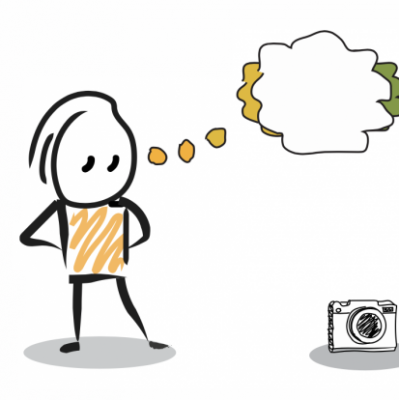
“另眼相看” 的思考模式 (简体版)
这个思考模式通过帮助学生近距离观察某个物品/系统的细节,考虑不同的使用者和利益相关者不同的观点角度,以反思自己和这个物品/系统的关系来探究其中的关联性。
Think, Feel, Care - Adapted for Early Childhood Education
This routine encourages students to consider the diverse perspectives that different people within a particular system may have based on their role in the system. This routine fosters perspective taking and can help children generate new questions and/or ideas about the system, how it works, and how it might be improved.

Mapping Systems
The practice of mapping allows learners to build and demonstrate their understanding of the parts, people, and interactions that comprise a given system.
